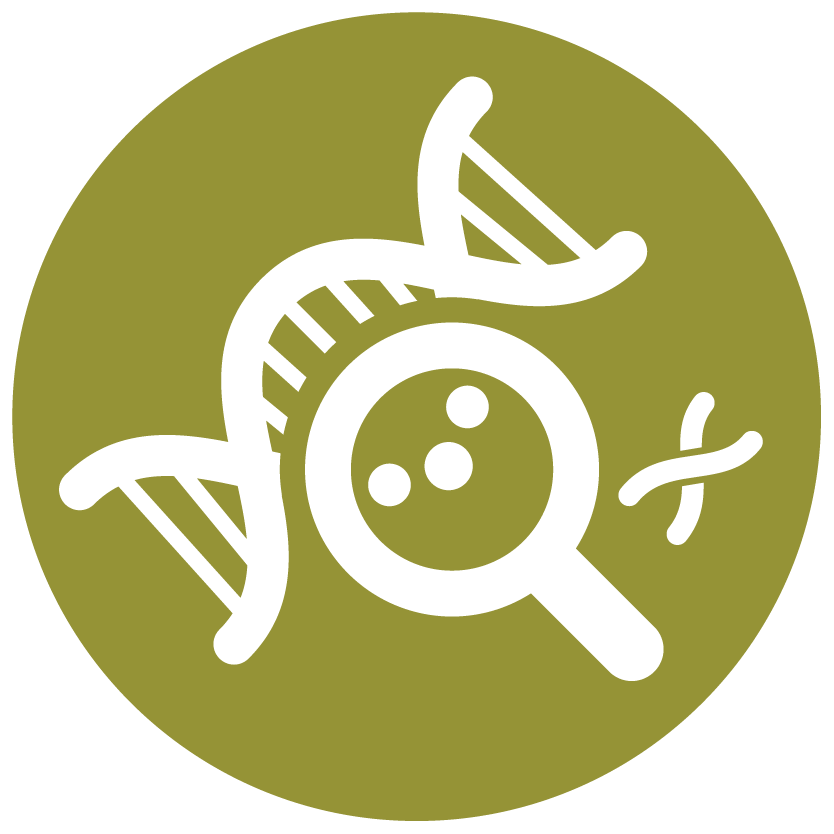Discovery and Basic Research
Hot Topic: Emerging Role of Nanomaterials in Medicine
Engineering Hydrophobicity to Modulate Nano-Bio Interface and Tissue-Selective mRNA Delivery
Monday, November 10, 2025
2:30 PM - 2:45 PM CT
Location: 220 / Cantilever Room

Fan Zhang, PhD (he/him/his)
Assistant Professor
University of Florida, Florida
Hot Topic Speaker(s)
The predominant liver accumulation remains a major challenge for the application of lipid nanoparticle (LNP)-based gene therapies. While tuning the apparent pKa is an effective strategy to influence endogenous proteins that regulate LNP tissue tropism, emerging evidence shows that the apparent pKa might not be the only factor that affects the extrahepatic delivery of LNPs. Engineering the chemical structures of the ionizable lipids, particularly the lipid tails, can also enhance extrahepatic delivery without significantly altering the apparent pKa of LNPs. As a result, predicting the LNP’s tissue tropism from the chemical structure of ionizable lipids remains elusive. The surface hydrophobicity of a nanoparticle has significant effects on its stability, biological absorption, transportation, and distribution. Here, we reveal a new mechanism by which LNP hydrophobicity influences extrahepatic delivery. Using dendrimers as modular molecules, we constructed a library of dendrimer-based LNPs. Multi-class deep neural network models revealed that dendrimer generation, tertiary amine count, and lipid tail number critically influence dLNP transfection and toxicity. Using an in-house developed hydrophobicity assay, we show that reducing lipid grafting on the dendrimer decreased the hydrophobicity of dendrimer-based LNPs (dLNPs), leading to lower plasma protein adsorption and higher complement activation. This reduces LNP’s liver tropism while enhancing specificity for the spleen and granulocytes. Further modification of dendrimer with quaternary amines increases dLNP surface charge density and improves lung delivery. While this also reduces hydrophobicity, the enhanced lung delivery was associated with distinct protein corona contents rather than reduced protein adsorption. Our findings expand the current understanding of LNP tissue tropism beyond apparent pKa, demonstrating that hydrophobicity tuning provides a rational strategy for extrahepatic LNP design.
Learning Objectives:
- Understand the structural-function relation between ionizable lipids and LNP physicochemical properties
- Understand how LNP physiochemical properties affect their interactions with plasma proteins
- Under stand how nano-bio interface affect the in vivo fate of nanoparticles


